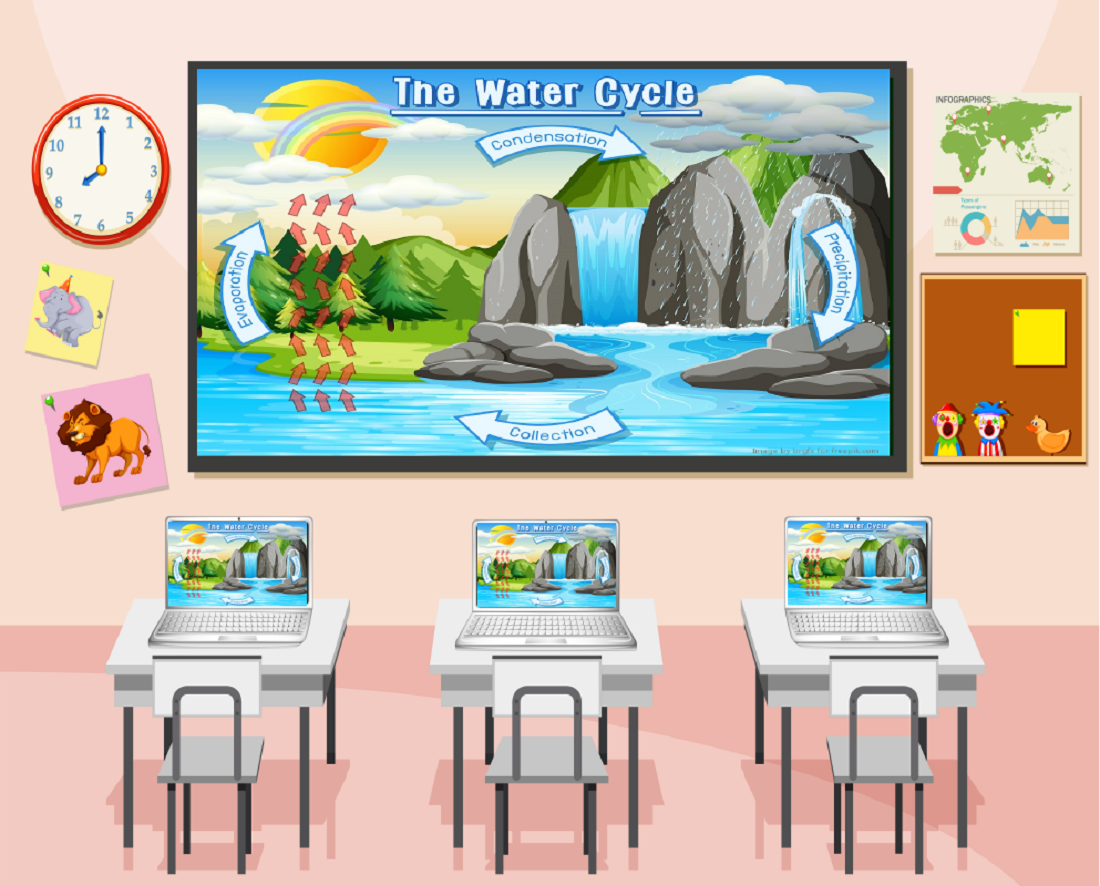
“To learn a language is to have one more window from which to look at the world.” – Chinese proverb
Educators understand the value of using pictures when learning about new concepts, new topics, and new vocabulary. Pictures are especially important for learners of a new language. I can think back to my first Spanish class and how my teacher used pictures to help us learn words like libro, escuela, biblioteca, and manzana. The picture cards were helpful when I started to learn Spanish, but as I progressed and tried to compose my own sentences, things became difficult. What I was writing didn’t feel natural or authentic and I became discouraged. Certainly, this is not how we want our English Language Learners (ELLs) to feel as they improve their speaking and writing skills.
A strategy that many educators swear by is the Picture Word Inductive Model developed by Emily Calhoun (1999). PWIM uses pictures of familiar objects or scenes to extract words from students’ listening and speaking vocabularies. By drawing on the students’ prior knowledge and emphasizing visual clues, students build on their working vocabularies and use what they know to compose more advanced sentences and paragraphs. At the same time, they are making connections to new concepts, skills, and topics being learned. Teachers can modify PWIM in any number of ways so that students focus on word patterns, parts of speech, subject-specific vocabulary, etc.
Because many schools are having to switch to hybrid or remote learning, supporting ELLs is vital. Incorporating the PWIM consistently within a platform that most students can access, and teachers find easy-to-use, can make a considerable difference. The MimioConnect® blended learning platform allows teachers to create interactive lessons using their own content such as documents, PDFs, slide presentations, images, videos, and 3rd party content such as interactive whiteboard lessons. At any time during a lesson presentation, students can annotate on a slide. This is especially helpful when brainstorming words on a picture and categorizing the words generated. Let’s look at how to use the PWIM with MimioConnect.
- Start by creating a lesson in MimioConnect. On the Dashboard, select Create. Then follow the prompts for the new lesson. (For more on this step, watch the “Snap View: Create a New Lesson” tutorial video under the Lessons tab.)
- Add an image for students to label. The best pictures to use are those that include a sense of movement, people, and/or are unique in some way. While the picture is displayed during the lesson, students should have their own copies of the picture.
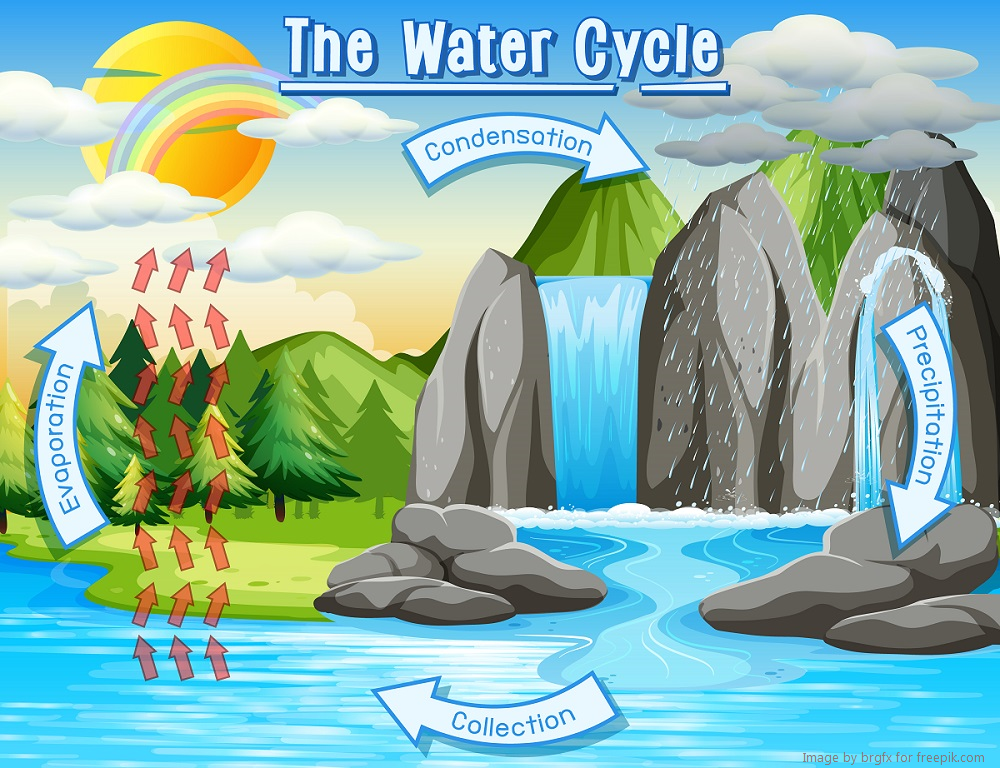
- Have students help label parts of the picture. As students volunteer words, add them to the picture. Spell out each word then have students repeat the word after you read it aloud. Students should also write the words on their own copies. Close the lesson by saving annotations and having students read the words aloud on their own. (Teacher view shown below)
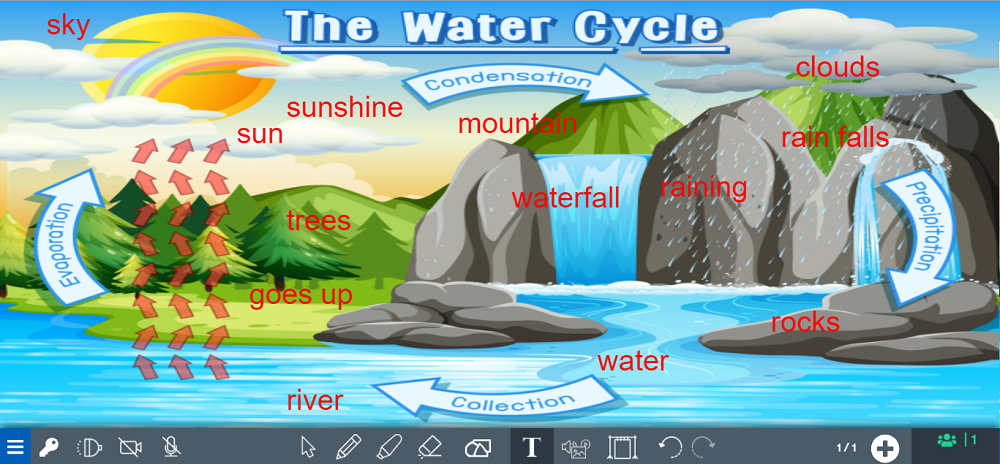
- Start the lesson with the picture without labels. Ask student volunteers to name some of the words generated in the previous lesson. Display the labeled picture so students can compare with their personal copies. Encourage students to read and repeat each word. (Student view shown below)
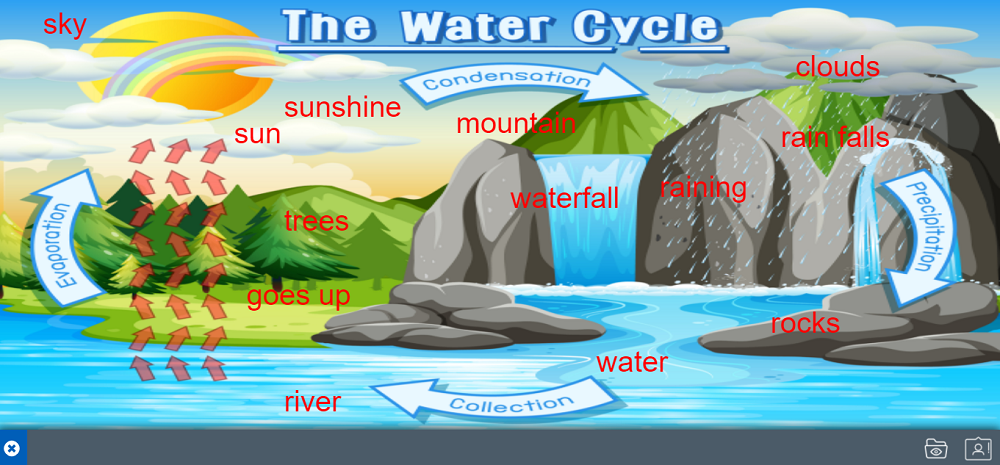
- Sort the words into categories. For example, words can be sorted by parts of speech. In the example shown, topic-specific words are included (evaporation, precipitation, condensation). Select students to add to each category by annotating on the slide using their devices. To close the mini lesson, have students think of possible titles for the picture or compose a sentence using a word from a category. For example, using a verb – It is raining on the rocks.
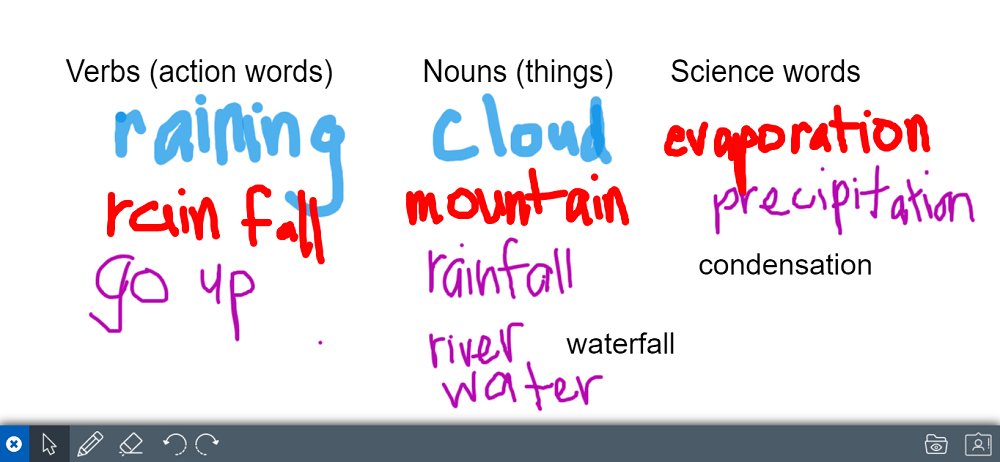
- A feature of MimioConnect that can boost engagement is that video can be added directly from YouTube into the lesson. Type keywords or the topic in the Search box and videos will be populated. Click on a video to view, and the “+” (plus) sign to add it to the lesson. Start a lesson watching a video and having students share the main points, key vocabulary, and anything else that they learned or liked.

- Display fill-in-the-blank sentences that students can work together to complete. Echo read each sentence. Students will use their personal copies of the labeled picture to help them complete each sentence. Ask guiding questions as needed.
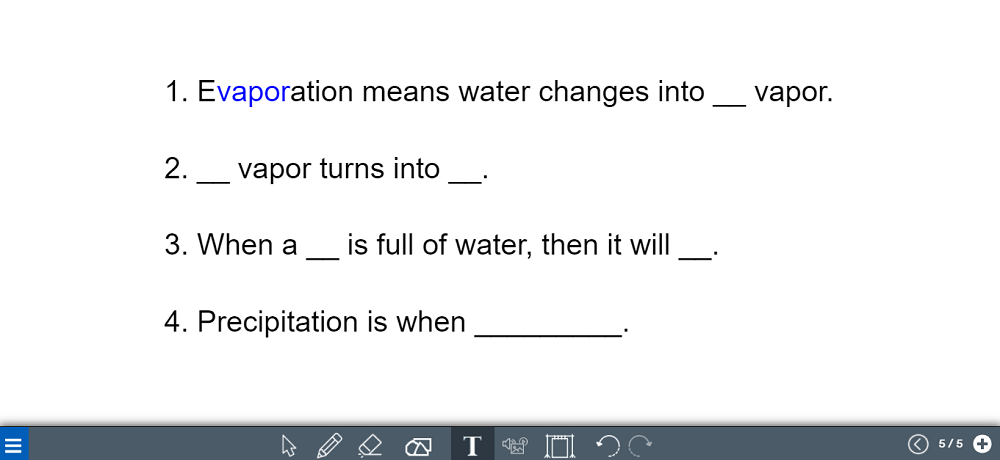
For students still struggling, give different options for completing the sentences. During the lesson presentation, create a multiple-choice question and have students select the best choice. Results can be viewed in real-time and shared with the class. This gives you an opportunity to better gauge student understanding and find out what needs further review or who needs extra help.
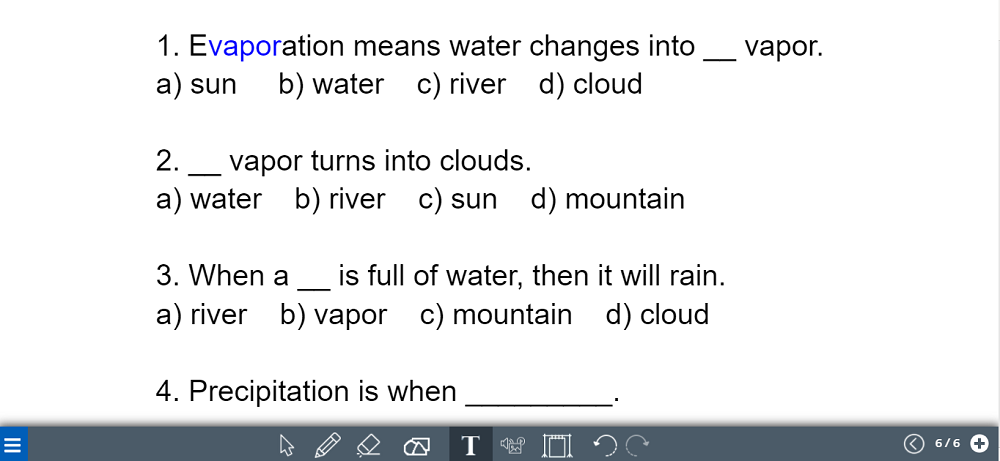
- Challenge students to compose original sentences using words that they have not already used. If possible, group students so that stronger English speakers are working with beginning ELLs. Record original sentences in a new slide. Students can echo read each new sentence after they are written.
Continue the activity over several lesson sessions by adding new words to the picture. The words can be recategorized and students can practice composing original sentences in small groups or on their own. Of course, there will be students who may need sentence frames or starters for a while before they feel confident about writing on their own.
Learning a new language takes time. Providing students with visual supports and working with what they know, and building on that, requires patience and support. Having an interactive learning platform like MimioConnect helps teachers engage the student and better gauge understanding with real-time feedback. Try the PWIM with your ELLs, using MimioConnect, and watch how your students’ engagement and motivation improves.
“Language shapes the way we think and determines what we think about.” – Benjamin Lee Whorf
For more on the MimioConnect blended learning platform, go to mimio.boxlight.com/mimioconnect.
*Calhoun, E. Teaching Beginning Reading and Writing with the Picture Word Inductive Model. ACSD. 1999


